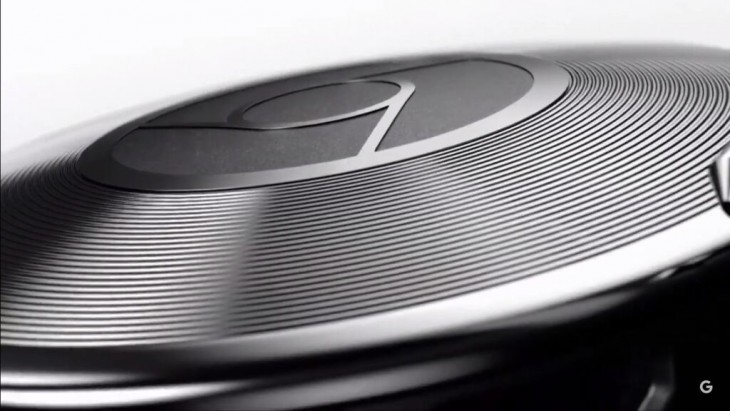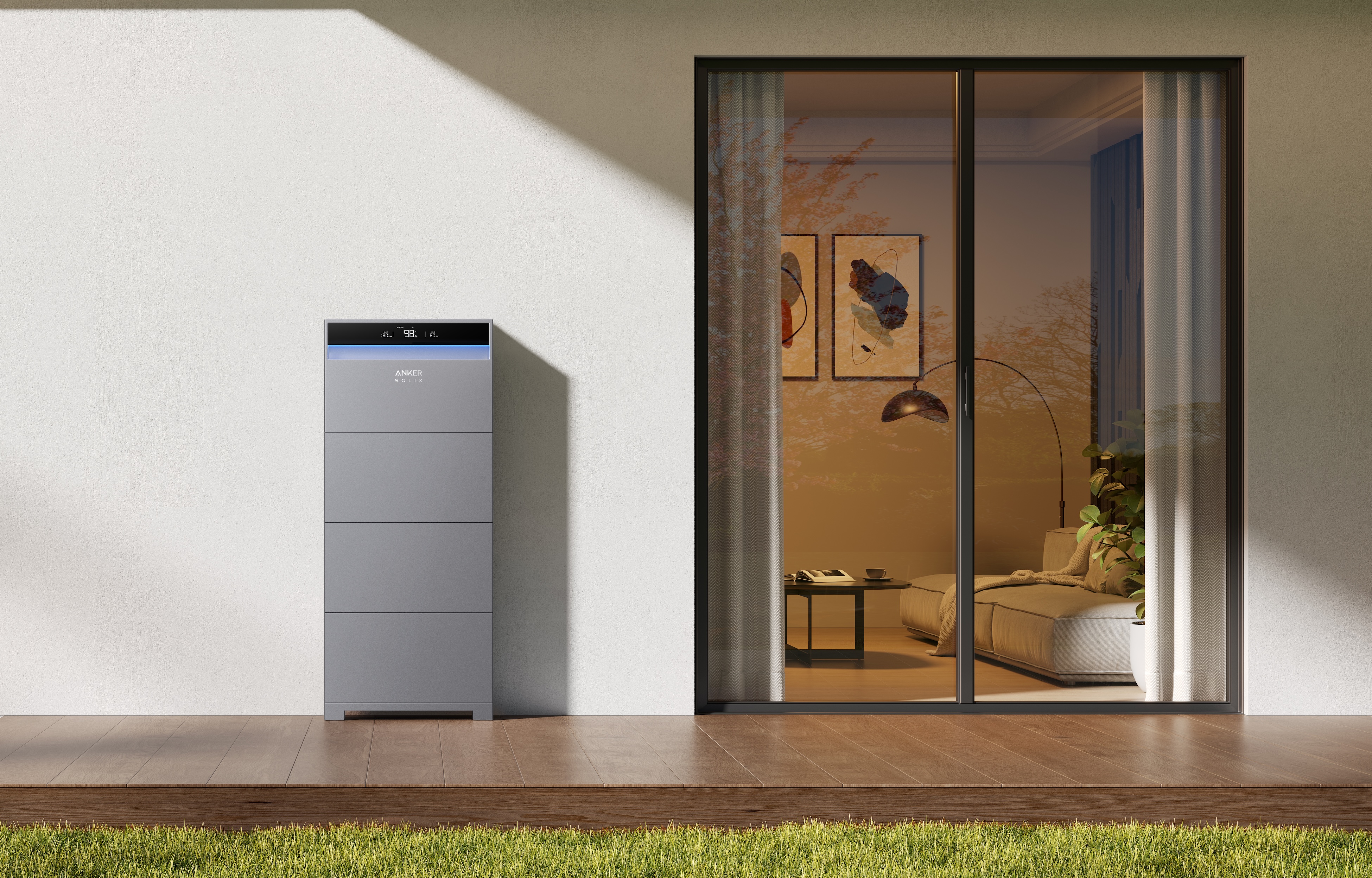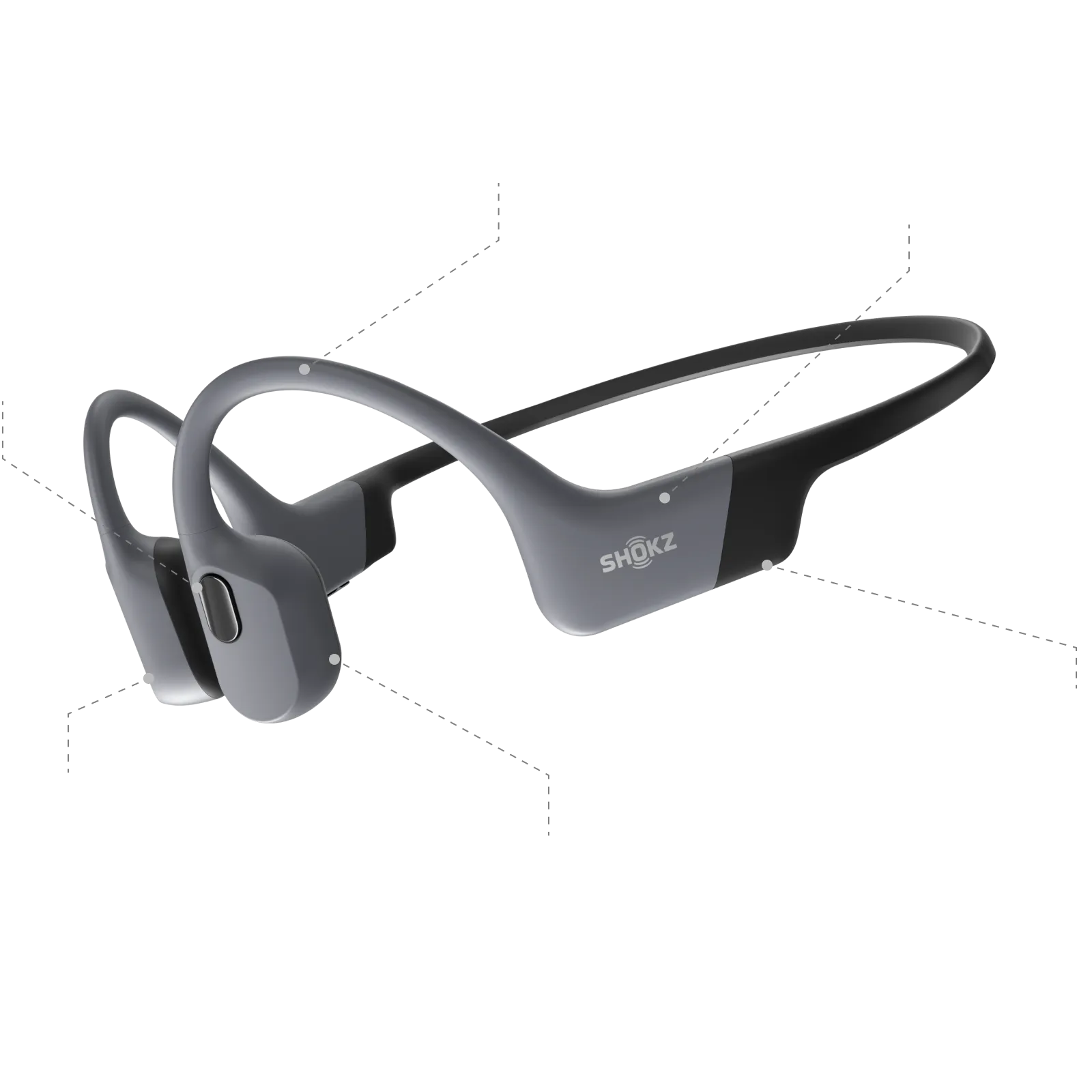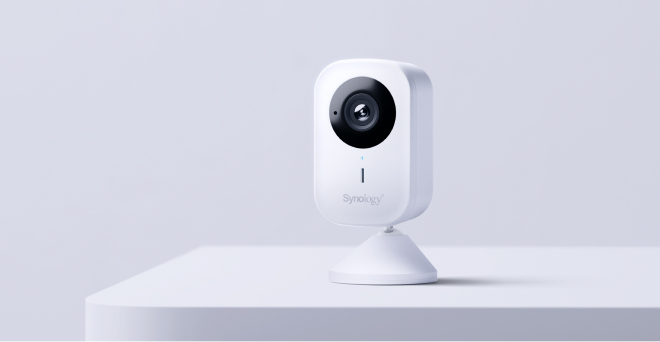
Google’s Chromecast Audio isn’t exactly a new product anymore; it’s been on shelves in the US for a few months, following its announcement last September at Google’s Nexus event in San Francisco. We were fortunate enough to pick up a ChromeCast Audio while we were in the states, and it’s been in regular use since in the Ausdroid office.
This isn’t exactly a review, but it is a rundown of what we’ve found.
First and foremost, it works largely like any other Chromecast dongle: you plug it in and power it up, and you can cast your audio to it from compatible apps and devices. The difference, though, is that the Chromecast Audio doesn’t have an HDMI output; it has a 3.5mm stereo output jack, which also does optical, which you use to plug your Chromecast Audio (which we’re calling it now) into a speaker or other audio system.
In many respects, the Chromecast Audio is a rather simple device; it doesn’t do video, it doesn’t do games, it doesn’t do anything beyond untethering your audio, and that’s huge. Instead of having to splash out hundreds of dollars on a fancy speaker system, if you already have a great home audio setup, you can add a device to it for $59 that will allow you to stream audio wirelessly.
Think about that; instead of buying a stand-alone speaker for a few hundred dollars, you can enjoy your existing surround sound setup (or whatever you’ve got) to cast music from Spotify, Google Play Music, Digitally Imported Radio, and countless other Cast-enabled audio apps to your existing setup.
This is precisely what we’ve been doing here. The Chromecast Audio dongle hangs off the back of the Bose Soundtouch 10 speaker we’ve got in the office, and through that, we can cast all manner of audio direct to the speaker. Setup is a breeze — plug the dongle in, load up the Chromecast app on your phone, tablet or computer, and within a few seconds, you’ve got it set up and ready to go. It really is that simple, and anyone who’s used a Chromecast device before knows how true that is.

Audio doesn’t have to live on your phone’s crummy built in speakers or wired headset anymore; instead, your audio can live wirelessly around your house, and if you’ve got more than one Chromecast Audio dongle, you can simultaneously cast the same music to different units to enjoy it around your house. Alternatively, if you’ve got two dongles, you can cast two different audio streams, so you can enjoy your working music in the office while the kids listen to their music upstairs for example.
Probably the only annoyance with the Chromecast Audio dongle is that because it doesn’t use HDMI, it doesn’t offer HDMI-CEC (also known as Consumer Electronics Control). While it’s a confusing acronym, this is the feature of normal Chromecast dongles that allows them to turn on the TV for you and change them to the right input, so you can truly work wirelessly (and without touching your telly).
Chromecast Audio can’t do that — you need to power on your audio system, change it to the right input manually, and then you can cast your audio.
It’s not exactly a flaw in the product; there’s no way that Chromecast Audio could reliably do this, with so many different consumer audio products out there. Equally, there’s no way that I know of for signal over a 3.5mm audio jack to actually switch on and enable a stereo anyway.
So what we have is a product that’s designed to basically retrofit existing technology with a new feature, namely wireless audio casting, and it does that extremely well. I have a sneaking suspicion that the Chromecast Audio will be a popular product in Australia. Lots of people have existing audio setups, and almost all of them can take audio from a 3.5mm audio jack, and the more advanced ones can take optical in as well. This makes streaming, wireless audio available to just about everyone, instead of just those who can afford $300+ speaker setups that aren’t as advanced or powerful as existing home audio systems.
Just off the top of my head, I can imagine a Chromecast Audio being put to good use by my parents, my inlaws, my brother and others. You can probably do the same.
Though the $59 price could perhaps be considered a bit steep, when compared to the $49 charged for the first generation Chromecast dongles, one must also consider the falling value of the Australian dollar against the US dollar, and while that doesn’t explain all of it, it certainly explains quite a bit of it.
All in all, for what it offers, the Chromecast Audio is a bargain at $59, and I’ll be buying a couple at that price without a second thought.




